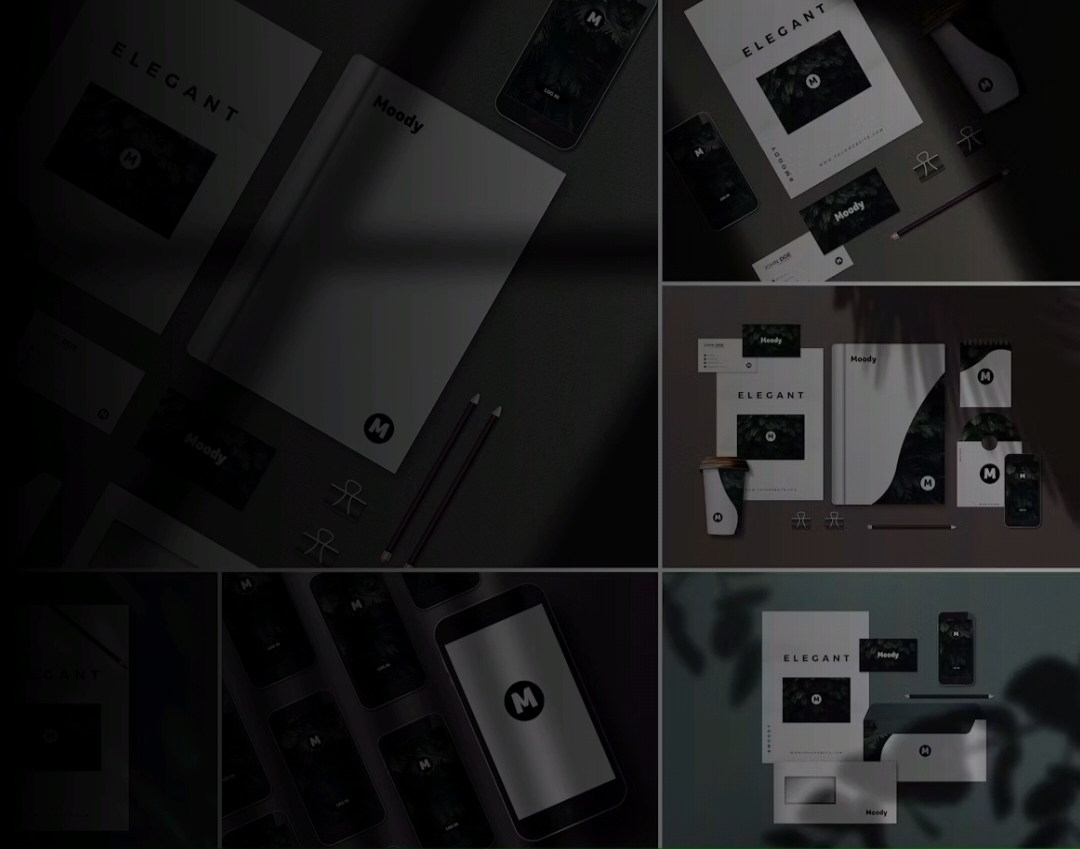PowerPoint slideshows are now an important part of business presentations and in an instructional setting. They engage the audience and convince clients to buy your idea. Whether you are looking to make a visual impact or impress people with key statistics, PowerPoint presentations can be very effective. Here’s how you can use PowerPoint to sell a product or service:
-
Good presentations begin with a script:
Most business presentations are made by stringing together some key facts and statistics. Although, there’s a lot of focus on the design elements, there’s no content and hence fail to connect with the audience. These presentations fail because they’re generic and hardly ever relevant to the end user. Writing an effective PowerPoint presentation begins with a strong script. They do not overwhelm the audience with too much information, yet present a compelling story. It should explain viewers how your product or service is likely to solve your problem. A good script focuses on the benefits of the product or service and not on the features. The slides should be a medium to present your idea and not the other way round.
-
Good presentations include good design but they’re not cheesy:
PowerPoint presentations usually follow a few design principles like aligning texts in the left or right, but never in the center. This is because centered text is difficult to read and isn’t visually appealing. When it comes to text color, the general rule is to use dark text on a light background, unless your company uses another template. Arial, Helvetica, etc. are some of the commonly used text because they’re easy to read.
-
Use images effectively:
We all know that powerful images can stick to a reader’s mind, but they should be used to send a compelling messaging. More often than not, PowerPoint presentations include images that are added just for the sake of it – some images are pixilated while others have copyright issues. Sometimes, images aren’t used at all and sometimes, designers use too many. Choose pictures that relate to the theme of the slide and if you have to use multiple images, make sure that they’re arranged aesthetically. Using cliparts on PowerPoint slides is so old-fashioned. They add no value to the presentation and make it look tacky. And if you have to use cropped images, compose them thoughtfully. You do not want to add images that are improperly cropped with someone’s feet or fingers missing.
-
Don’t make the content too wordy:
A common problem with most business presentations is that they’re too wordy. This is especially the case where designers use bullet points to illustrate a point. Good presentations make use of content sparingly, but rely on factors such as images, statistical analysis, etc. to appeal to the end user. In fact, good presentation experts follow the 80-20 rule, i.e. users are likely to remember only 10 % of the content when you fill it with a lot of content. But when you add images, they are likely to remember around 65% of the content. This is because our minds are tuned to process visual information better than text or sound. If you’re presentation includes explaining things in detail to the audience, try creating two separate presentations, one can be used to showcase things and the other could be referenced while presenting the idea. People with such presentations are likely to remember them long after the purpose is served.
-
Think out of the box:
You could either come up with crazy ideas and themes for the presentation or stick to routine templates. If your aim is to help the viewers relate to your content, you have to pay attention to your dressing sense as well. Good business presentations focus on the presenter’s body language, dressing style, and even gestures. A strong and positive body language gives out the image that you are credible and worth trusting. It also shows that you are in control of things and can be relied upon.
-
Should include a call to action:
If the end objective of your presentation is to convince the viewer about the effectiveness of your product or service, remember to include a call to action. The PowerPoint slideshow should focus on the targeted audience, i.e., whom are you selling the product, what is the prospective customer’s most likely concern, and what are his immediate goals.
Over the years, PowerPoint has often been criticized for being too outdated and not up to the desired quality. However, not many realize that it is a tool just as Prezi, SlideRocket, or Wix. If you fill it with bad content and patchy design, your presentation will look bad and amateurish. But if you use it well, you can create a powerful presentation – one that wows prospective customers.






